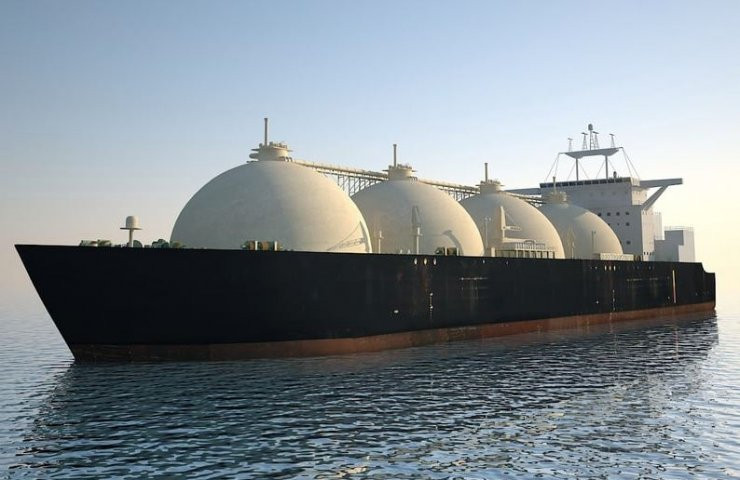
Exchange prices for gas in Europe rose by 5% on Wednesday, approaching $1,100 per 1,000 cubic meters, but later, during the afternoon trading, they slightly slowed down and sank a little.
As of 11:55 London time, the cost of gas in Europe is $1,051 (+2.56%). The dynamics of quotes is given from the estimated price of the previous trading day – $1,021.6 per 1 thousand cubic meters.
The energy crisis does not ease the tension: it still hangs over the EU countries and puts a lot of pressure on their economies. At the beginning of March, gas quotes updated historical highs for four consecutive days due to fears of a ban on Russian energy supplies. The price record was reached on March 7 – $3,892 per 1 thousand cubic meters.
And since then, although the price of gas has decreased, it still remains at an exorbitantly high level. For example, the average estimated price of the nearest futures in September, according to the agency's calculations based on ICE data, was at $2,093, and in August – at $2,450.
Now we see that stock prices in Europe have dropped quite significantly, and this is due to the high level of gas reserves in European underground storage facilities. It has been officially announced that more than 90% of energy resources have already been filled.
An important factor is the mild autumn in European countries. Forecasters predict that by the end of this month, the weather across the continent will be warmer than usual. Accordingly, the heating season in European countries will come later than the usual dates. In this scenario, you can continue to fill the vaults for now.
But with all this, the risks of power outages and rationing remain in force, since the heating season is coming. Prices promise to return to growth, and this is already evident in December and January futures, which are significantly more expensive than November ones today.
Meanwhile, cargo ships have accumulated off the coasts of Spain, Portugal, Great Britain and other European countries, which are filled to the brim with liquefied natural gas. These tankers are not moving anywhere, and no one is unloading them.
Augustin Prate, vice president of Kayrros (a company that deals with analytics on the global energy and environmental market) explains this by saying that "tankers are literally waiting for the weather by the sea." That is, they are being held in case Europeans urgently need fuel with the onset of cold weather.
And these tankers are not being unloaded, because Europe, in a panic from the cessation of Russian gas supplies, has stocked up with gas almost to the point of failure. The EU's goal was to fill its storage facilities with energy by 80% by November 1. But the Europeans, apparently, overdid it and exceeded the plan, and much earlier than scheduled. The gas storage tanks are already 95% full.
And the cargo, which is very valuable today, continues to arrive.
The gas in the containers is cooled to -160 degrees and turned into liquid to make it easier to transport. But there are not enough plants in Europe that can turn liquid fuel back into gas. The problem is that the EU has long relied solely on gas supplies via pipelines from Russia.
Tankers that have flooded the shores of Europe are just waiting in line for regasification. For example, Germany and the Netherlands have already invested in the construction of new regasification terminals. Some of them promise to be put into operation within the next few months.
But there is another problem. The activity of industrial enterprises that use gas has significantly decreased in Europe. Production at steel and cement enterprises has declined very sharply.
There is such a situation around LNG: the price of raw materials that will be supplied in the future is higher than its current price. That is, simply waiting for delivery in December, and not in November, will cost the gas buyer tens of millions of dollars more.
What awaits the raw materials market in the future largely depends on the situation on the Ukrainian front, weather conditions, an increase in the number of renewable energy sources and global demand for gas.
 English
English 
 Русский
Русский Bahasa Indonesia
Bahasa Indonesia Bahasa Malay
Bahasa Malay ไทย
ไทย Español
Español Deutsch
Deutsch Български
Български Français
Français Tiếng Việt
Tiếng Việt 中文
中文 বাংলা
বাংলা हिन्दी
हिन्दी Čeština
Čeština Українська
Українська Română
Română

